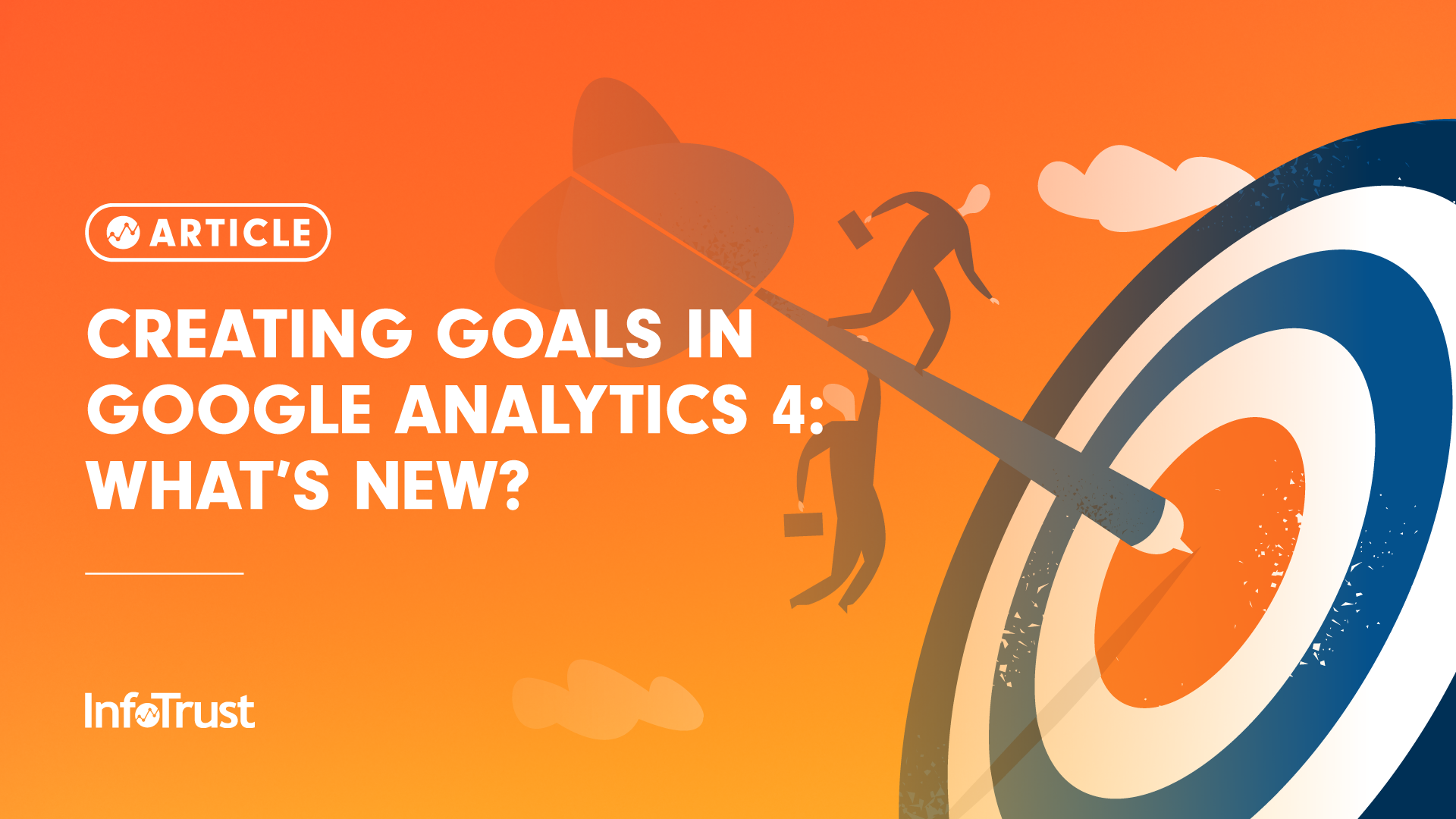Recognizing What Data Is Google Analytics Goals Unable to Track
Recognizing What Data Is Google Analytics Goals Unable to Track
Blog Article
Revealing the Blind Destinations: Recognizing What Google Analytics Goals Can not Determine
In the world of digital analytics, Google Analytics stands as a powerful tool for tracking and analyzing online customer communications. Recognizing what Google Analytics goals can not determine is crucial for acquiring a thorough view of user actions and involvement.
Customer Habits on External Operatings Systems
Recognizing how individuals connect on exterior systems is important for optimizing on the internet approaches. External platforms, such as social media networks, referral sites, and on-line discussion forums, play a considerable function in driving web traffic to a firm's web site. By evaluating user actions on these systems, services can get important understandings into the efficiency of their advertising and marketing initiatives and the choices of their target audience.
One key element of user habits on outside systems is the referral resource. By tracking where the customers are coming from, companies can recognize which platforms are driving one of the most traffic to their site. This details can help companies designate their sources much more properly, focusing on the platforms that produce the very best results.

Offline Conversions and Interactions
Examining individual habits on outside systems supplies beneficial insights into on-line techniques; nonetheless, thinking about offline conversions and interactions is similarly important for an extensive understanding of a firm's general efficiency. While Google Analytics stands out at tracking on-line interactions, it falls brief in recording the full client trip that commonly consists of offline touchpoints. Offline conversions, such as in-store purchases or phone queries, play a considerable duty in many businesses' success. Disregarding these interactions can lead to an altered view of the efficiency of marketing projects and general organization performance.

Attribution Beyond Last Click
When diving right into the world of electronic marketing analytics, it ends up being necessary to look past the single touchpoint of the last click for an extra extensive understanding of acknowledgment. While Google Analytics supplies important understandings into customer actions, depending solely on last-click acknowledgment can be restricting - what data is google analytics goals unable to track. Attribution models that surpass the last click provide a more nuanced view of the consumer journey, taking into account all the touchpoints that bring about a conversion
Attribution beyond the last click permits marketing professionals to appoint credit scores to various communications along the conversion path, offering a clearer photo of the effectiveness of different marketing channels. By exploring multi-touch acknowledgment designs such as linear, time degeneration, or position-based attribution, companies can better designate their marketing spending plans and optimize their methods for optimal influence.
Recognizing the impact of each touchpoint in the conversion procedure is crucial for making informed decisions and optimizing ROI. By accepting attribution beyond the last click, services can acquire deeper understandings right into client actions and customize their advertising and marketing efforts more properly.
Cross-Device and Cross-Browser Monitoring

Similarly, cross-browser monitoring matches cross-device monitoring by recording customer habits as they switch over between various internet browsers. Comprehending how customers engage with websites on various internet browsers can aid marketing experts optimize their on the internet experiences to more information make certain uniformity and functionality throughout different platforms.
Qualitative Information and Individual Intent
Understanding customer intent with qualitative data evaluation is crucial for developing targeted electronic advertising strategies that resonate with the requirements and choices of the target audience. Qualitative information gives understandings into the 'why' behind user activities, losing light on inspirations, emotions, and preferences that quantitative data alone can not record. By analyzing user responses, remarks, and communications, marketers can reveal beneficial details concerning customer intent, permitting them to customize their messaging, material, and offerings to better straighten with what their target market is additional reading seeking.
Qualitative data additionally aids in recognizing the context in which customers involve with a web site or application. This contextual understanding allows online marketers to create even more relevant and personalized experiences, inevitably driving higher engagement and conversion prices. By delving right into customer intent with qualitative data analysis, organizations can obtain a much deeper understanding of their target market, causing a lot more reliable advertising and marketing approaches that meet individuals' demands and expectations.
Conclusion
Finally, Google Analytics goals have constraints in measuring individual habits on outside platforms, offline conversions, attribution beyond last click, cross-device and cross-browser tracking, and qualitative data associated with individual intent. what data is google analytics goals unable to track. It is essential for businesses to be knowledgeable about these blind areas in order to supplement their data evaluation with various other tools and methods to acquire a much more extensive understanding of their audience and boost their total electronic advertising and marketing approaches
By evaluating individual behavior on these platforms, services can obtain beneficial understandings right into the performance of their advertising and marketing efforts and the preferences of their target audience.
Assessing user behavior on outside platforms offers useful understandings into on the internet approaches; however, taking into consideration offline conversions and interactions is similarly crucial for an extensive understanding of a firm's overall performance.In digital advertising analytics, relocating past last-click attribution to check out cross-device and cross-browser monitoring is necessary for gaining a holistic understanding of individual communications throughout numerous systems and tools. By analyzing look at here customer responses, remarks, and communications, online marketers can discover useful info regarding user intent, allowing them to customize their messaging, web content, and offerings to much better line up with what their target market is looking for.
By delving into user intent through qualitative data evaluation, services can get a deeper understanding of their target audience, leading to much more efficient advertising methods that satisfy individuals' demands and assumptions.
Report this page